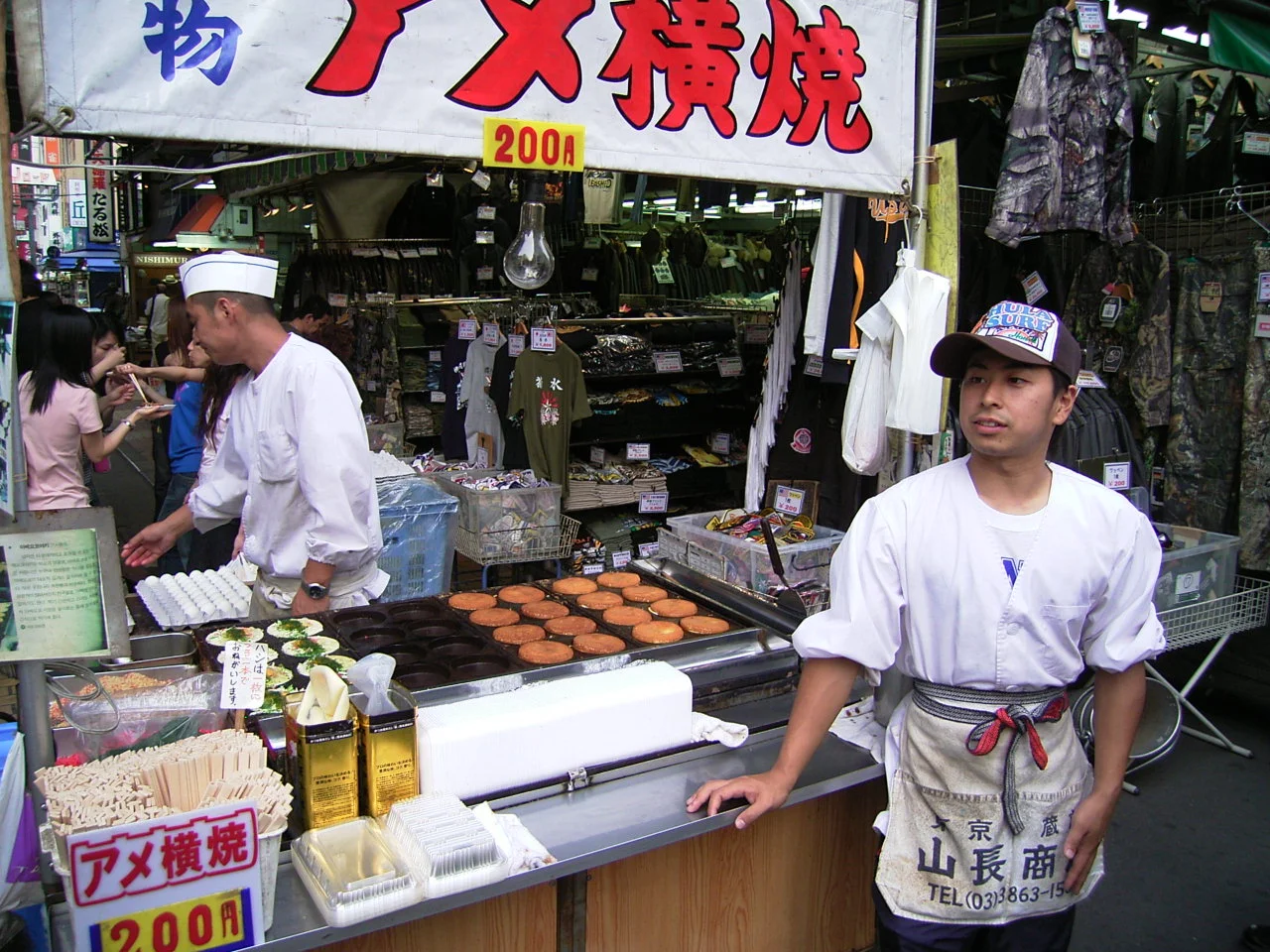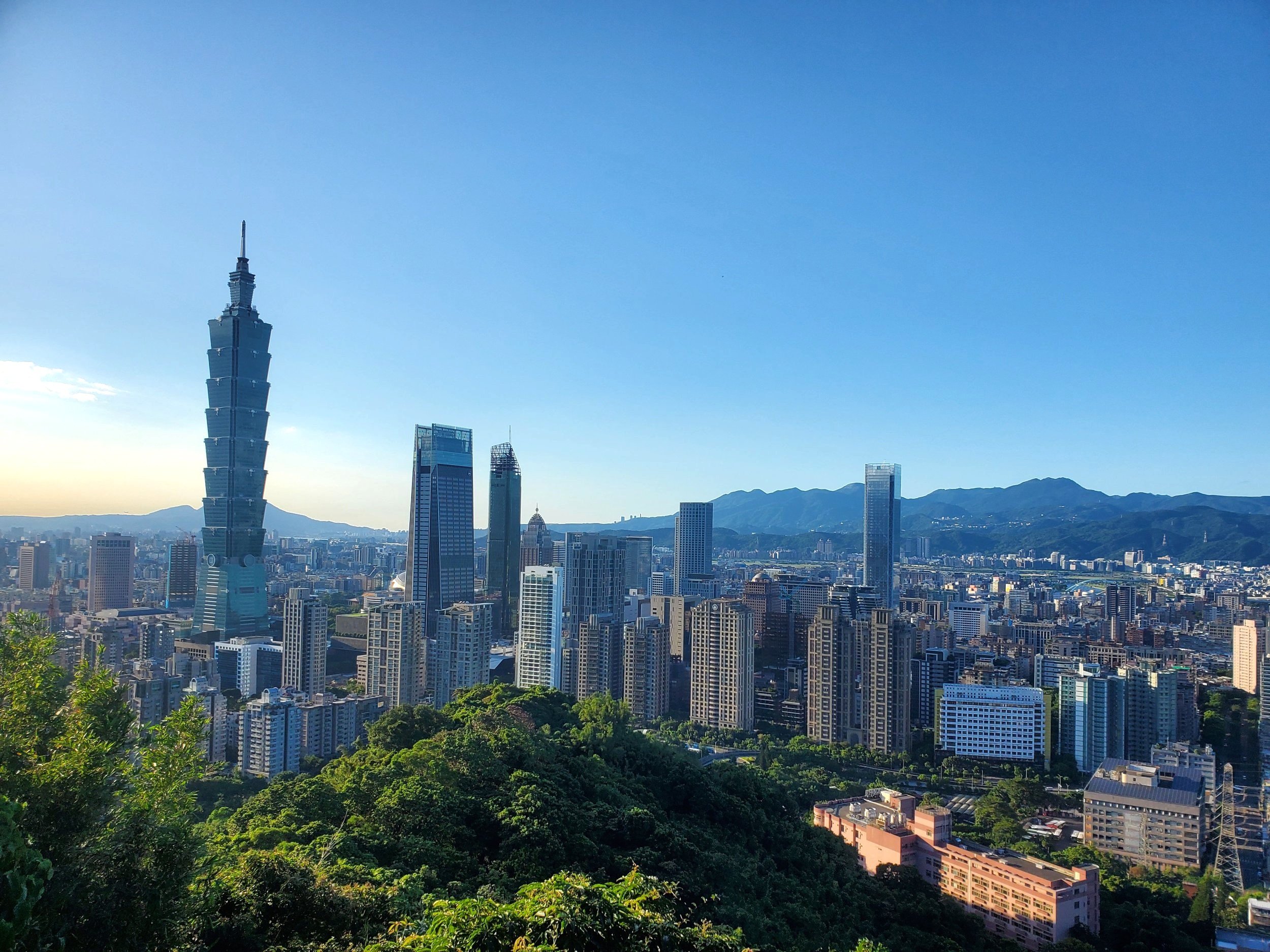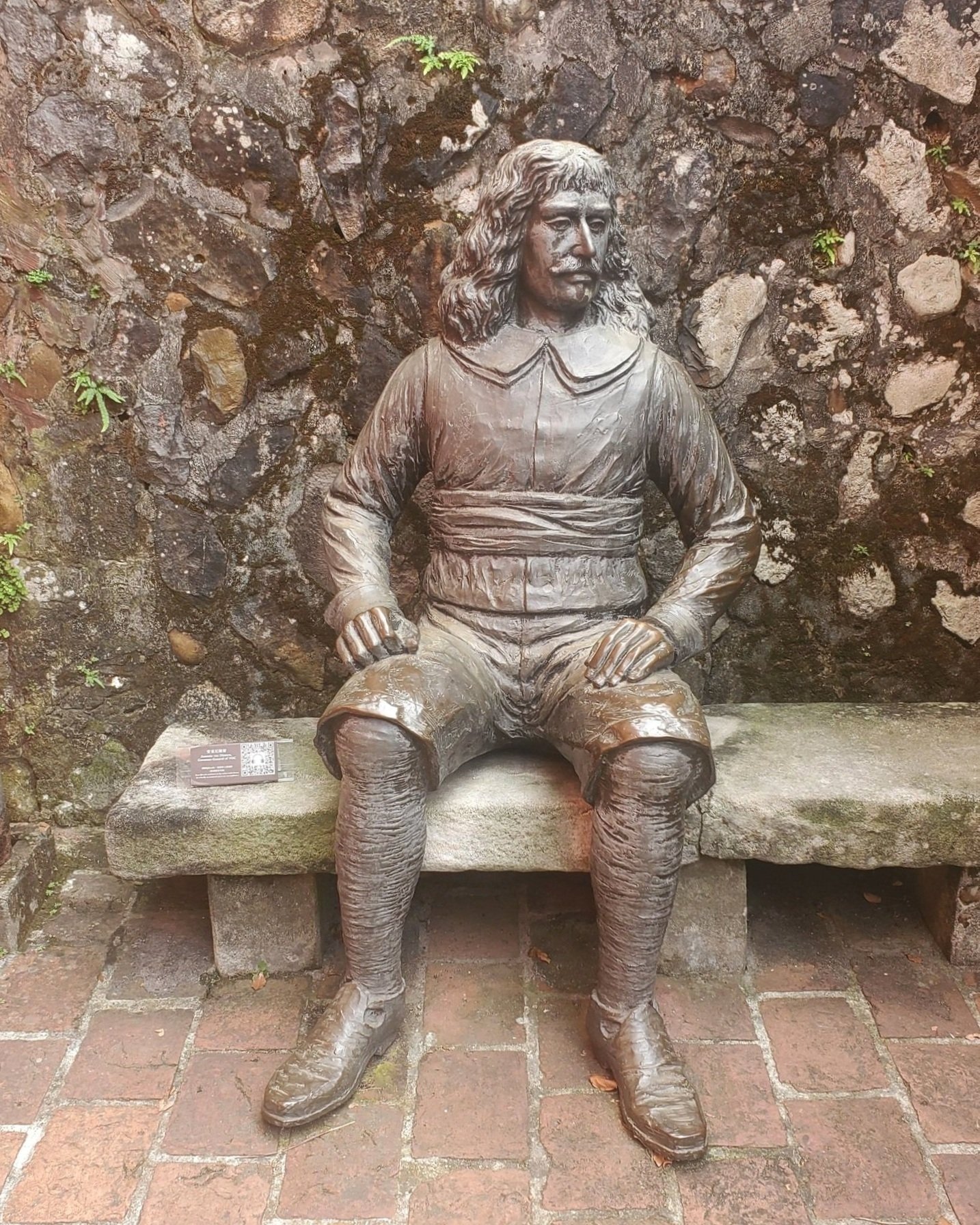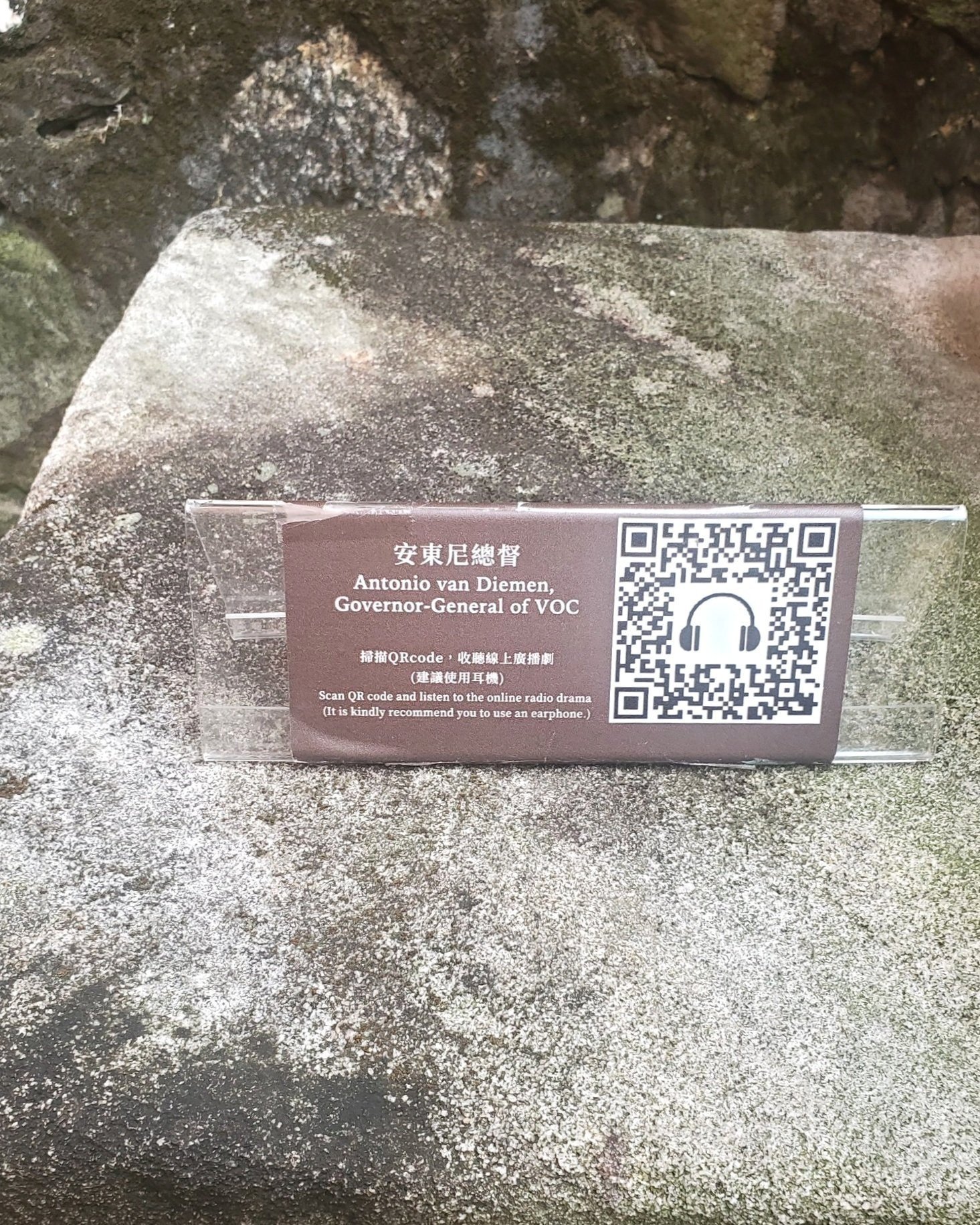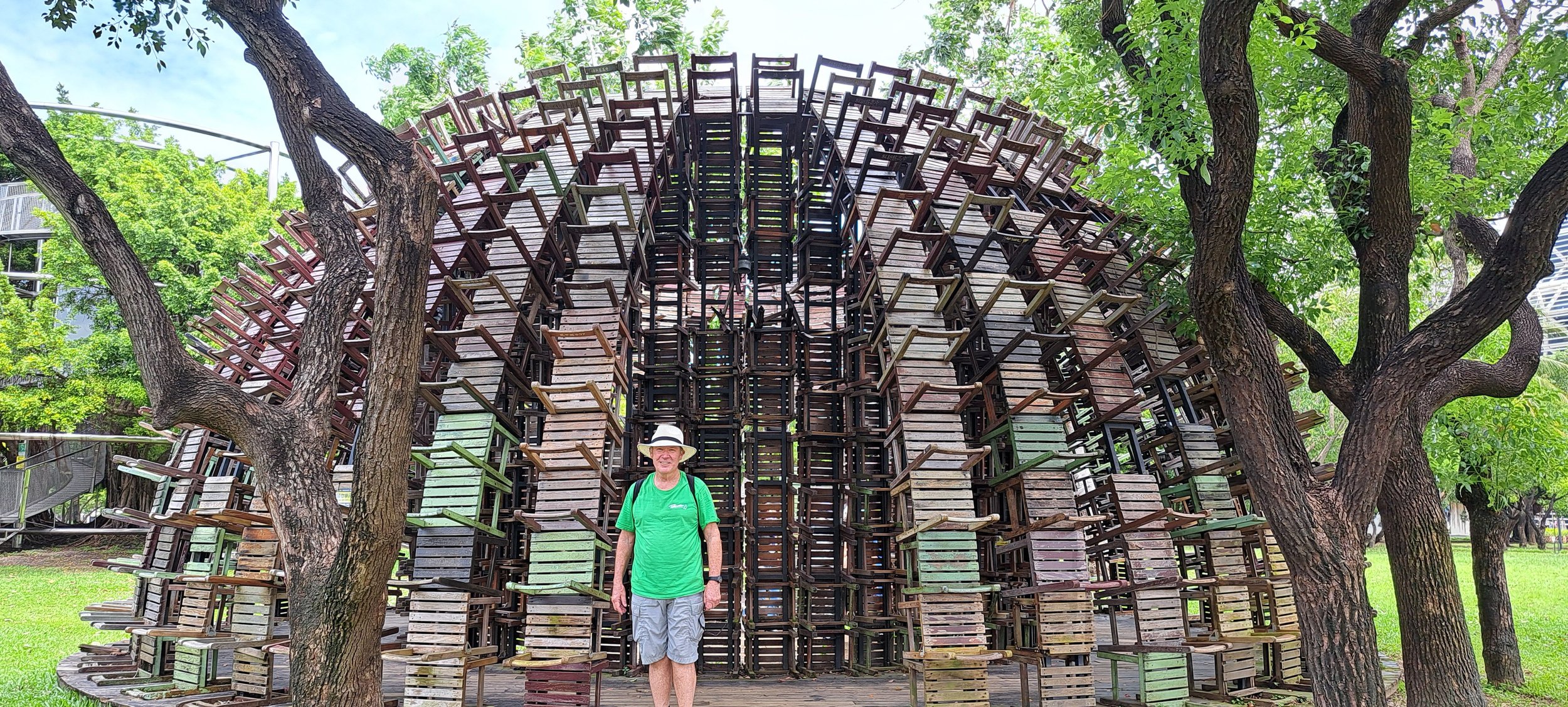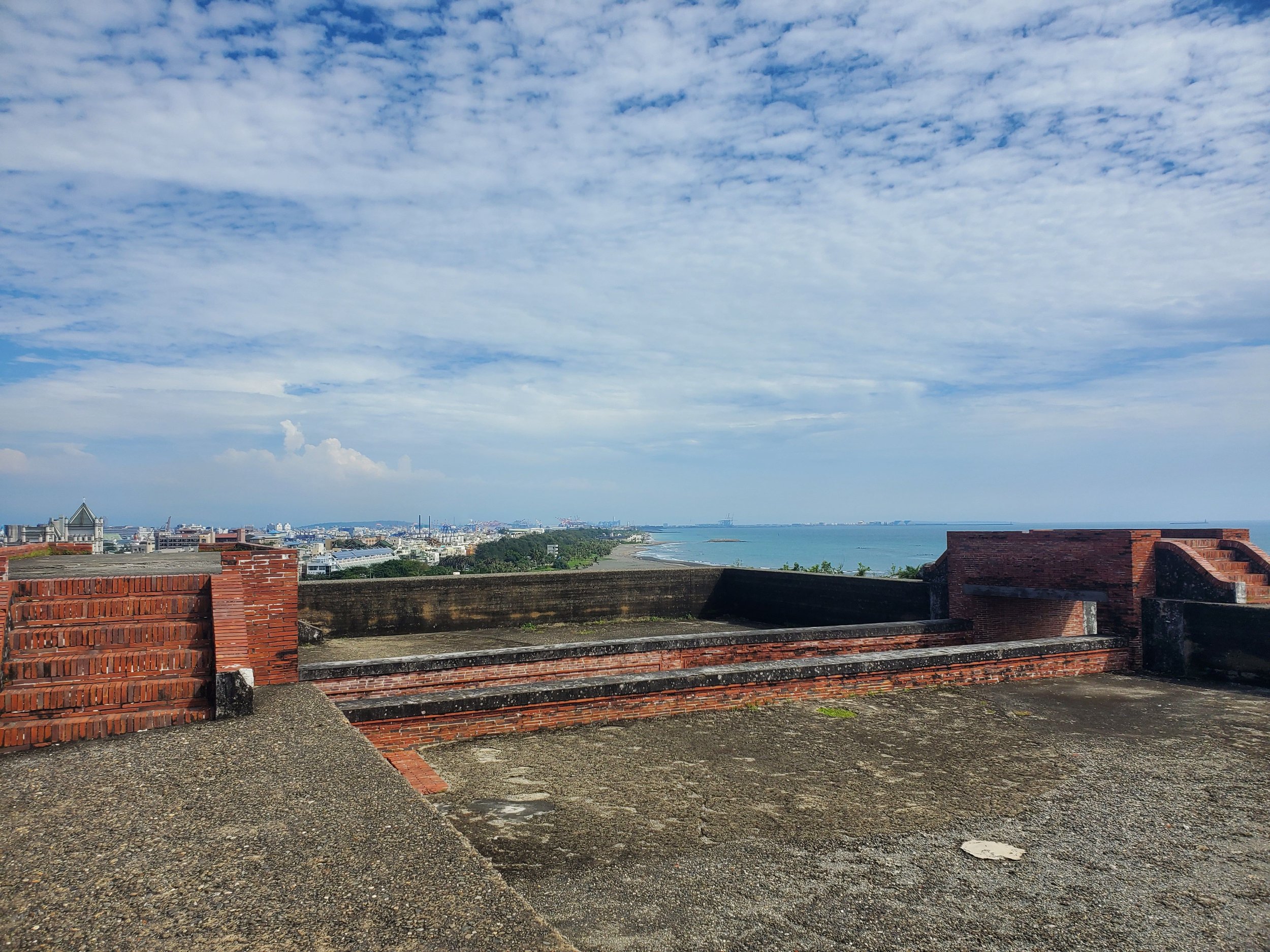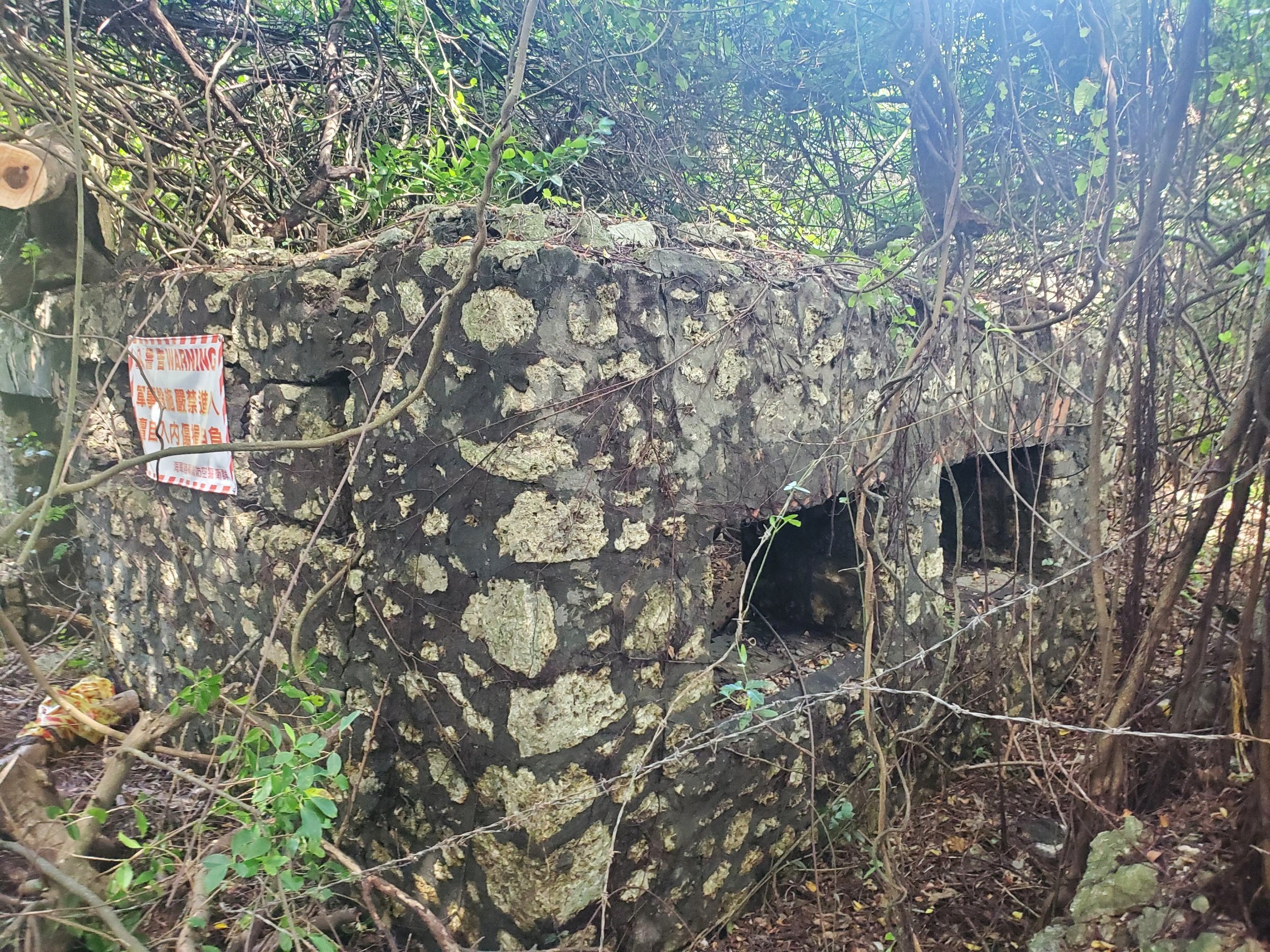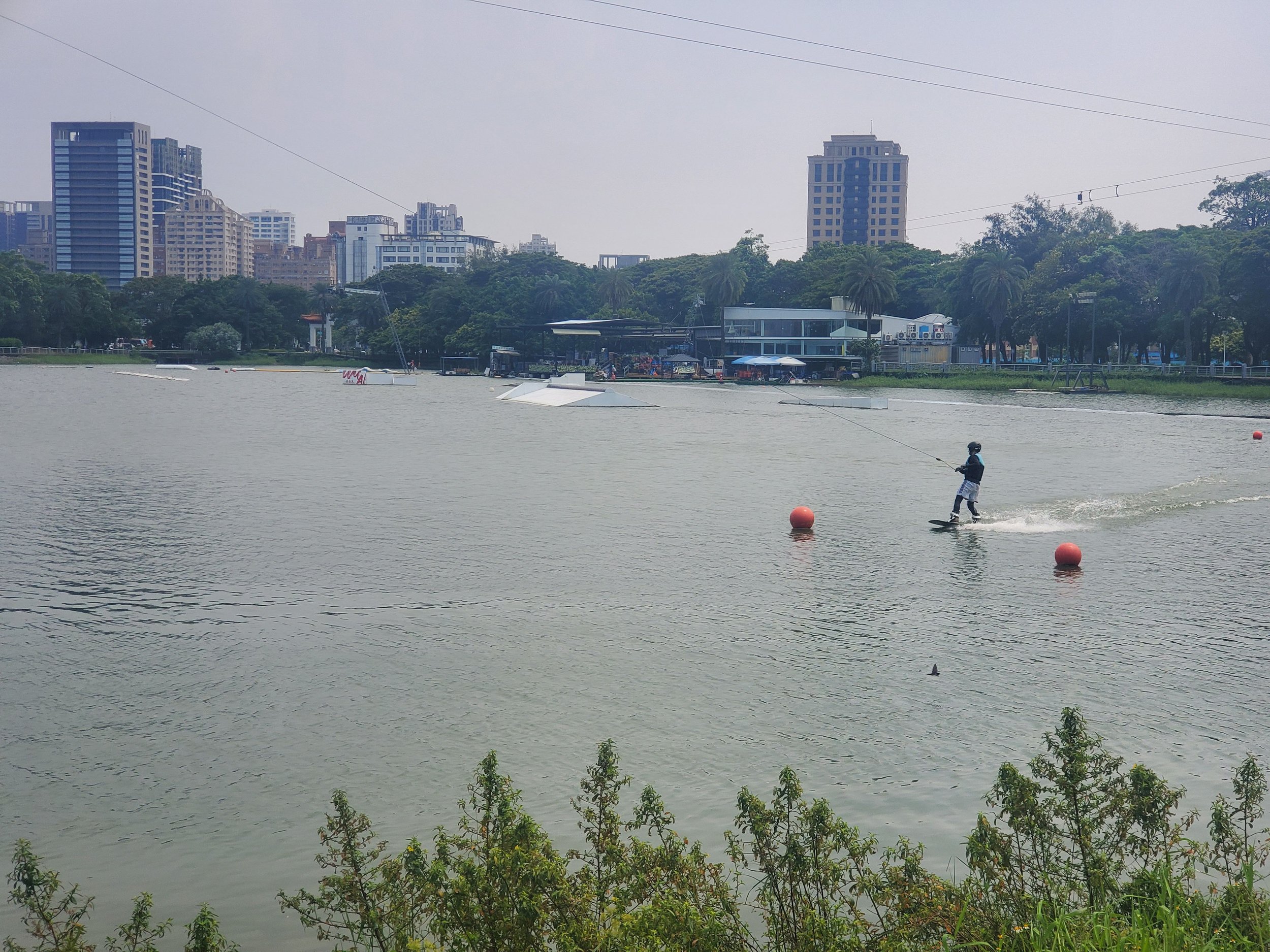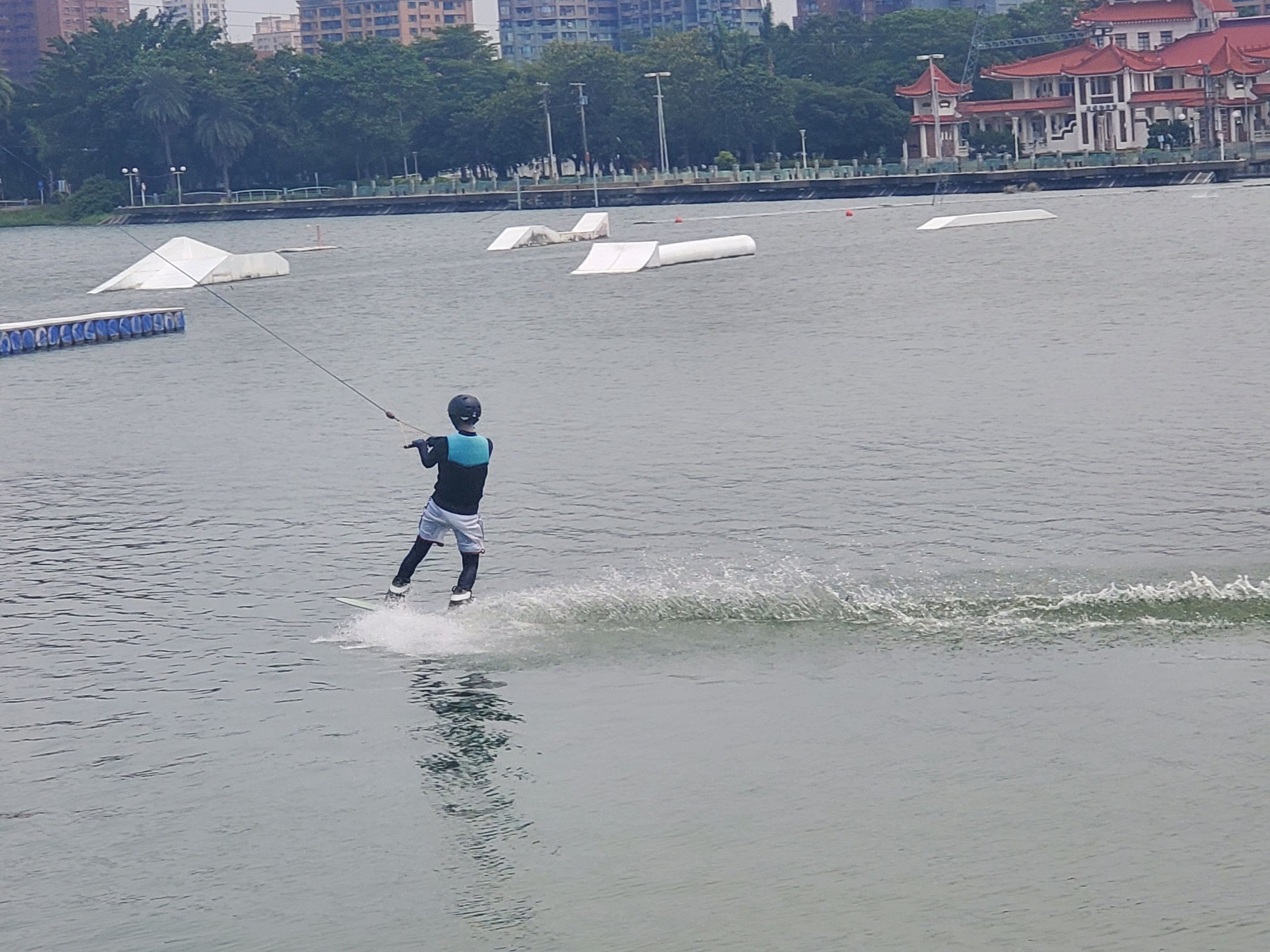Taiwan - A Tale of Three Cities
/Introduction
If Taiwan is mentioned in the news, it’s usually with reference to the question: “when will China invade?” But meanwhile, as the world waits to find the answer to this, 22 million people are getting on with living their lives on a green, mountainous island in the north-west Pacific.
taroko gorge national park
So, what is Taiwan like? Is it a good place to visit? Is there much to see and do? We wanted to find out for ourselves. Unfortunately, we only had one week, but at least that was enough to give us a small taste. We decided to split our time between three cities: Taipei, the capital; Hualien on the east coast; and Kaoshiung in the south-west, and Taiwan’s second city. Here’s how we spent our week.
Taipei
2-28 Peace Memorial Park
Our accommodation, in the centre of the city in the Zhongzheng area, was a short walk from the 2-28 Peace Memorial Park. The name refers to a situation that occurred on 28 February 1947 when widespread peaceful civil protests led to security forces firing on and killing some protesters. The aftermath was a fully-fledged attack by the authorities on anyone suspected of being involved in the protests. It’s estimated that somewhere between 18,000 and 28,000 people were killed during the purges.
The park commemorates these terrible events which cast a shadow over Taiwanese society for many decades afterwards.
one of the peace park entrances
Click here if you want to know more about the 2-28.
these traditioanl buildings are also within the peace park precinct
The park is also home to the National Taiwan Museum.
taiwan national museum
Chiang Kai-shek Memorial Hall
From the Peace Park we walked the short distance to a vast courtyard containing the Chiang Kai-shek Memorial Hall. Chiang ruled mainland China for a period before losing the Chinese Civil War to the Communist Party. He fled to Taiwan in 1949 and ruled it until his death in 1975. There are very mixed reviews on Chiang ranging from someone who made genuine efforts to improve the economic and social prospects of the Chinese people, to a right-wing dictator responsible for the murder of countless civilians. Here’s a link to his Wikipedia page if you want to know more about him.
For now, we’ll concentrate on the spectacle that is his Memorial Hall which sits within the Taiwan Democracy Memorial Park.
the memorial hall is the white building in the centre of the photo
An impressive gate marks the entrance to this park.
At the opposite end of the park is the imposing 70 metre Chiang Kai-shek Memorial Hall, where he sits and glares imperiously at visitors.
here he is
The National Theatre flanks one side of the huge courtyard.
And the National Concert Hall sits opposite.
national concert hall
Irrespective of your views of Chiang it’s worth visiting here just to admire the grandeur.
The North Gate
Back towards Taipei’s main train station, 15 minutes' walk from Chiang, is the North Gate, a restored Qing Dynasty City Gate, dated 1880.
Elephant Mountain
The 508 metre Taipei 101 Tower, which is built to resemble a giant bamboo stalk, is the defacto symbol of modern Taipei. For several years, until 2011, it was the world’s tallest building.
One of the best places to get an iconic photograph of it is from Xiangshan, aka Elephant Mountain.
The steep climb up the many steps gets the heart pumping.
But it’s worth it for the views of Taipei 101.
And of Taipei city more broadly.
Various trails criss cross the mountain providing different vantage points.
And it’s free.
Needless to say, we didn’t bother going up to Taipei 101’s observation decks as the views from Elephant Mountain were enough for us.
Night Markets
Taipei has a number of night markets which are renowned for their vast array of street foods.
We visited Tongua Night Market where all manner of tasty treats can be found.
For souvenirs, clothes, electronics, etc Ximending district in central Taipei is the place to go. It has an extensive pedestrian area.
ximending
Tamsui
Taipei sits on the Tamsui River. At the mouth of the river is the historic town of Tamsui. It is a popular tourist destination due to its pleasant seaside aspect and numerous historic buildings.
tamsui - looking south to taipei city
Starting with the Spanish who arrived in the 17th century. They built Fort Domingo in 1629. They were expelled by the Dutch in 1642, followed by further colonial fracas involving the Portuguese and British over the next couple of hundred years, before the Chinese Qing government established a naval outpost here in 1808.
hobe fort - tamsui
Fortunately, the Taipei Metro goes to Tamsui, so it is easily reached. Arriving mid-morning we did a self-guided walking tour of Tamsui. We started by heading down the main street which was full of tourist souvenir shops and food stalls.
tamsui main street
We then drifted over to the waterfront and strolled along the promenade.
the promenade
The aforementioned Fort Domingo was taken over by the Dutch in 1644 who demolished the original fort, rebuilt it and renamed it Fort Antonio.
fort san domingo
We learned, to our surprise, that Fort Antonio was named after Antonio van Diemen, the then Dutch governor of Batavia in Indonesia. This is the same person Dutch explorer Abel Tasman named our island home of Tasmania after when he was the first European to sight it in 1642, and named it van Diemen’s Land. It was renamed Tasmania in 1856.
Next door to Fort San Domingo (the original Spanish name is used nowadays) is the former British Consular Residence.
former british consul residence
It was built in 1891. It operated until 1972, with a hiatus during World War 2 when the Japanese controlled Taiwan.
Today it is a museum with some interesting insights into the period.
We then walked further along the coast to Hobe Fort.
hobe fort
It was built in 1886 by the Chinese governor to increase the island’s defenses against foreign invasion.
Unlike Fort San Domingo it has had little restoration.
But it’s still worth a visit.
Back at the metro station entrance there is a good view of volcanic Guanyin Mountain across the river.
There are several more historic buildings open to the public in Tamsui, including churches and temples. We found Tamsui to be an interesting day trip.
Hualien
On Taiwan’s less-populated east coast, Hualien, with a population of 190,000 is the largest city. Its main claim to fame is as the gateway to the island’s most popular tourist attraction – Taroko Gorge. This is the world’s largest marble gorge.
We caught the train from Taipei to Hualien which took around 2 hours.
inside taipei’s cavernous main train station
We thought that central Hualien had a fairly neglected feel to it.
downtown hualien
It is on the coast, so we walked down to the beach to have a look. Not overly inviting.
Though plenty of food vendors provided lots of tasty options for dinner.
After a night in Hualien, we left early to go out to Taroko Gorge which was around an hour north by bus. Fortunately, we’d found a very helpful, English-speaking information officer at the bus station on the previous day who explained the convoluted system for visiting the gorge independently using public transport.
waterfall - taroko gorge national park
Apparently, a recent typhoon had resulted in damage along the gorge which led to some stops being closed that had previously been used by the now erstwhile hop on hop off buses that operated from Hualien. We now had to catch one bus to the park from Hualien, then wait for another public bus with fewer stops and very limited scheduled departures. Armed with this information we’d planned a strategy so that we could see a few of the main features. Our advice would be to hire a car if you want to see as much as possible.
we did lots of walking
The Taroko Gorge National Park HQ is surrounded by lush green peaks.
park hq
The gorge sits within a 1200 sq km national park, with 27 peaks over 3,000m.
From park HQ we hopped on the limited-stop bus but soon found that we had to wait while the road was cleared of debris. Some of the typhoon damage was apparent.
typhoon damage
The Bulowan Suspension Bridge was high on our itinerary. We spotted it from below.
And the only way we could get up to it was via a lot of steps. Good exercise, I guess.
There were a few tourists out and about. Most were package tourists from Mainland China packed onto a constant stream of buses. We were told that Taiwan had only recently reopened to Mainland group tourism post the COVID pandemic, so pent-up demand was strong.
From the bridge there are excellent views of the gorge.
And of the road below.
We also checked out Swallow Grotto.
swallow grotto
The pedestrian path and road snake alongside the grotto.
We also walked to the picturesque Eternal Spring Shrine.
For more info on Taroko Gorge click here.
Kaohsiung
Kaohsiung, generally pronounced “gow-shung” or there abouts, is Taiwan’s second city. It is in the south-west of the island and has a population of 2.75 million. It is Taiwan’s biggest port and historically been seen as a drab, unappealing industrial city.
kaohsiung
However, over the last 25 years, it has undergone a transformation which has seen it rebadged as a city of art, culture, and lifestyle.
We had a couple of days there to get a taste of modern Kaohsiung.
Harbour Area
It was a Sunday morning, late summer, when we arrived, a good time to experience a city in relaxed mode. Our accommodation was beside the Love River, close to where it enters the broad harbour.
love river
This particular day was the last day of some sort of festival involving giant, inflatable things perched on top of various harbour-side buildings. Here’s a giant cat (?) with a hat beside the Kaohsiung Music Centre.
Not sure what this is on top of the Exhibition Centre.
And two creatures (?) eating icecream and watermelon.
We never did find out what it was all about.
One of the biggest transformations is a large area by the wharf where old warehouses have been converted into restaurants, galleries, and shops.
It’s called Pier 2 Art Center.
A wide pedestrian concourse follows the shoreline.
Art installations abound in the surrounding parkland.
And in the pedestrian zones.
Here’s a sculpture made from old wooden chairs.
Cijin Island
A 15-minute walk from Pier 2 is the public ferry terminal to Cijin Island. This is a popular weekend day trip for city-dwellers. Frequent ferries make the 10-minute crossing.
Being Sunday, it was very busy. Once on the island we wandered through the narrow back streets.
Our destination was to two of the island’s main attractions – Cihou Lighthouse and Cihou Fort, which sit on a highpoint overlooking the town.
There are great views of the harbour and surrounds from here.
The lighthouse is only small and didn’t take long to tour.
The fort, just 5 minutes' walk away on the same peak, was built in 1720 by the Chinese Qing rulers to guard the harbour. After a Japanese incursion in 1874 the authorities beefed up the fort to what can be seen today.
There has been little reconstruction.
And some parts are ‘no go’ zones.
But the views of the town and Cijin Beach are spectacular.
And it’s free to visit both.
We then walked down the hill to the beach.
After which we joined the day-tripper throng in the nearby, extremely busy, street market.
It was then back to the ferry terminal, passing the Cijin Tianhou Temple on the way, where a band was performing out front.
Lotus Pond
On our second day we caught the light rail 5kms north of the centre to visit Lotus Pond, a small lake with 20 or so temples and various kitschy features on its banks.
We decided to do the 3.5km walk around the pond.
Starting from the northern end we walked through a children’s park with a Three Little Pigs theme on our way to the pond.
Next stop was the Kaohsiung City Temple of Confucius.
As we walked anti-clockwise around the pond, we spied views of the Zuoying Yuandi Temple sitting at the end of a long pier jutting into the lake.
The 24m statue is of Xuantian Shang-di, the Supreme Emperor of the Dark Heaven. An impressive title.
There is a temple inside him.
Back at the end of the wharf a Monday karaoke session involving what looked to be a group of pensioners, was in full voice. We didn’t join in.
monday karaoke club
The stroll around the lake included many different features, including lots of water lilies.
At the southern end are the Spring and Autumn Pavilions, dedicated to Guandi, the God of War.
We then passed the Dragon and Tiger Pagodas, which we closed for restoration work.
Next stop was a waterski tow park, which was reasonably busy, considering it was a Monday morning.
The final attraction was the Chingsui Temple.
We’d hoped to visit Neiwei Flea Market, which is not far from Lotus Pond, and which is considered Taiwan’s most authentic market, but being a Monday, it was closed. We probably should have come yesterday. Oh well. We then caught the light rail back to the city.
Conclusion
A visit of one week is barely enough time to scratch the surface of an interesting and complex place such as Taiwan. It was but a brief taste.
sculpture - lotus pond
But if that’s all you have, it’s still worth bothering. It felt safe and was easy to get around using the well organised national train system and good local transport in Taipei and Kaohsiung. It certainly didn’t feel overly touristy, so we think that is another good reason to go.
taroko gorge national park
Here is a link to Taiwan’s Official Tourism site.
Ken
PS Taipei’s Taoyuan International Airport has themed waiting areas for all gates. They are based on different aspects of Taiwanese life, culture and nature. There’s one for Taroko Gorge. And one show-casing indigenous canoes.
Another with local birdlife where travellers sit on “nests” beside giant eggs.
The different themes are very well done, but the downside is that there is very little actual seating, unless you’re quick to grab a nest.

